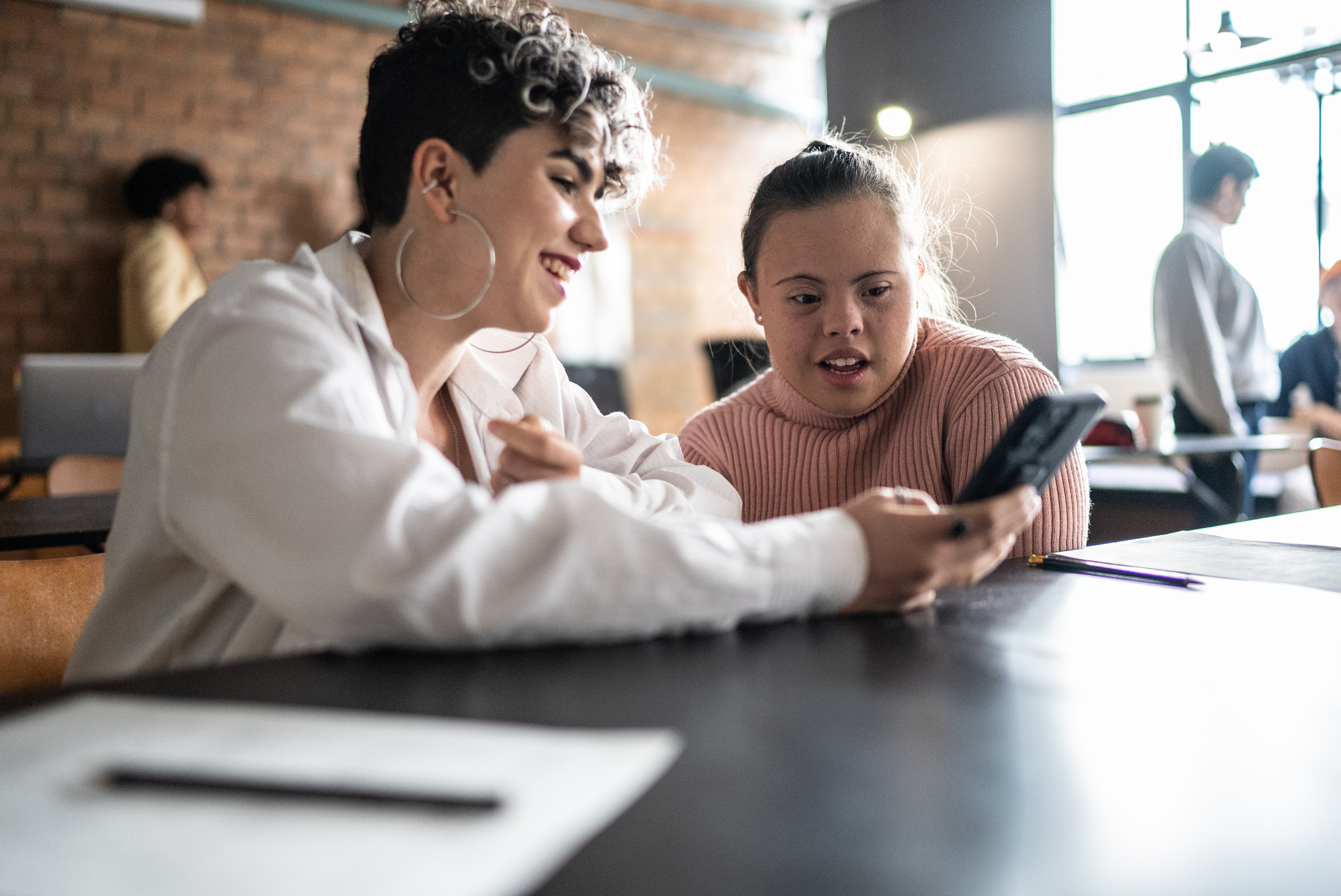
In recent years, we have seen more students enter our classrooms identifying as neurodiverse or neurodivergent. The category of neurodiversity covers a wide variety of diagnoses, including but not limited to autism, ADHD, and other neurological conditions. As a teacher, you may have students who identify as neurodiverse but do not have accommodations through an IEP or 504 plan. Or you may have students who are undergoing assessment but do not yet have a diagnosis. Because students who are neurodiverse have brains that process information differently, they may benefit from accommodations to the way learning is presented and the way they demonstrate their learning. In reality, all students can benefit from common strategies for neurodiverse students.
In my work as a disability advocate, I find myself wishing students had access to certain strategies, environments, and communication in all their classes. See what they are and how you can easily implement them into your classroom.
1. Simple, clear communication in multiple modalities
Communication is complex and multi-faceted. Different parts of the brain are responsible for taking in language, processing language, and forming language output. For students who are neurodiverse, complex language with a lot of jargon can be difficult to understand. Simple, plain language can support access to information and student ability to communicate their learning. In addition, communication in a variety of modalities, including verbal, written, and pictorial, can help students who may process information in a variety of ways.
2. Sensory-friendly environments
“Sensory-friendly” has been a buzz word for the last few years, but what exactly does that mean? A sensory-friendly environment provides a variety of different materials and environments to meet the diverse sensory needs of individuals. Some students may benefit from things that provide sensory stimulation, such as vibrating mats, peanut balls to bounce on, and fidgets. Other students may benefit from things that calm the sensory system, such as body socks, weighted blankets, swings, or dark environments. It’s important to have materials and environments for both sensory seekers and sensory avoiders at all times, as each neurodiverse student is different and the needs of any one student can also vary throughout the day.
Check out why (and how!) to create a sensory path for your school here.
3. Access to breaks
It is crucial to remember that the brain can become fatigued just like any other part of the body. When students are hard at work learning and growing, their brain is processing a lot of information at a high speed. For students who are neurodiverse, they may experience more frequent brain fatigue or overload and, thus, increased need for breaks. It’s important that teachers remain flexible and provide different types of breaks throughout the day (e.g., movement breaks, silent breaks, choice time, etc.). Here’s a list of our top 64 brain breaks for students of all ages.
4. Previewing and reviewing
The fast-paced environment of our classrooms can be overwhelming for any student (and even ourselves!) at any given time. Therefore, all students, and especially students who are neurodiverse, can benefit from previewing and reviewing information. Previewing may entail discussing the schedule every morning, providing reminders to students before the next activity, and informing students of any changes to the normal routine. Reviewing may entail summarizing information learned the day before or in prior units and reviewing lesson material before moving on to the next activity. Both previewing and reviewing can support students to make connections between prior learning and new information. See this high school teacher’s hack for getting students to review—and study—for their upcoming test.
We all are different humans with different needs and different brains, so it’s likely we all learn in different ways. Using strategies and accommodations that support neurodiverse students benefits all learners and ensures that our classrooms and learning content are truly accessible and inclusive for all.